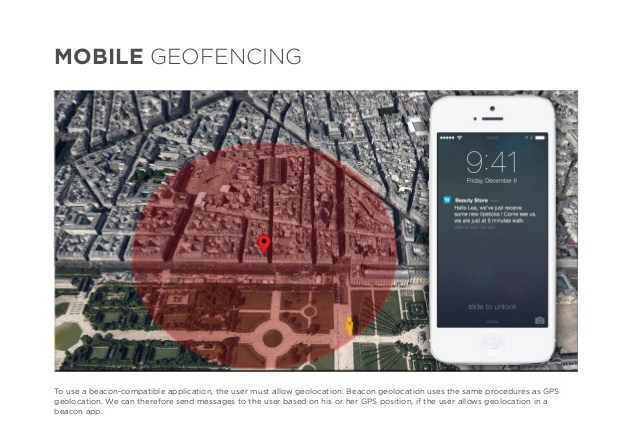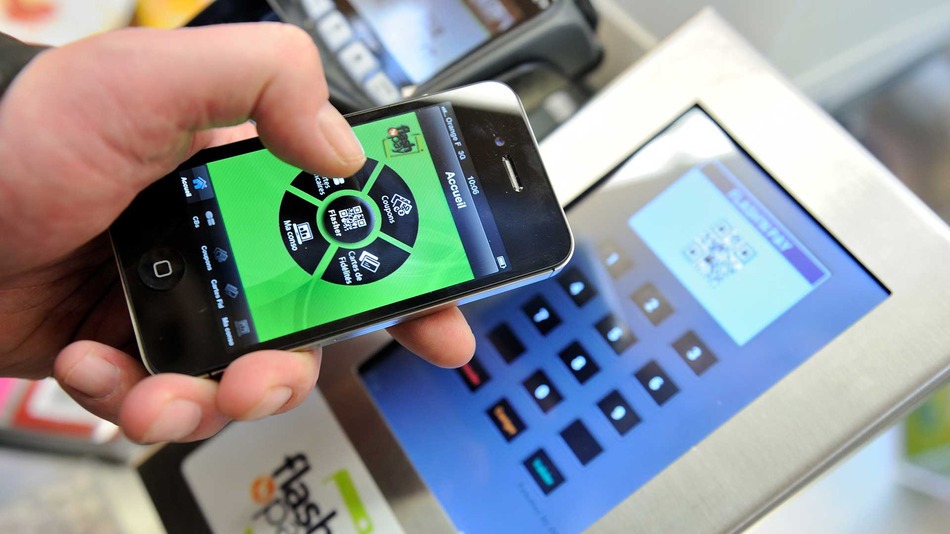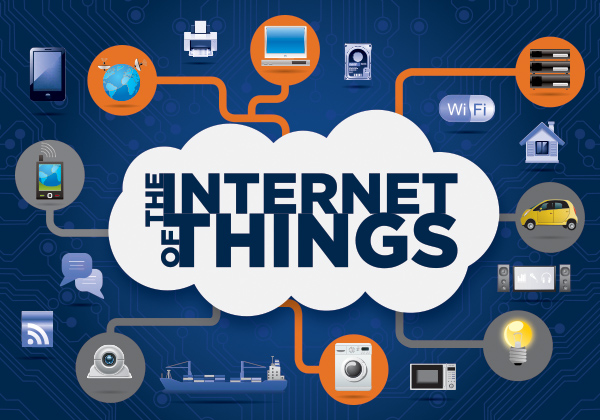Also digital marketing is inevitably involving with these new technologies and it is necessary to sit down and sum up those that can influence marketing strategy this year.
1. Wearables

Wearables Trend
Wearables especially smart watches are predicted to make a break in 2015 as many giant vendors will present their wearable payment solutions for example Samsung (PayPal), Apple (Apple Pay) and Nymi (RBC & Mastercard).
In addition, the manufacturers will start using biometrics to enhance the security level of these devices and relieve many consumers from the fear of losing their own privacy and security.
Hence, smart watch, bracelet and glasses are much more useful than before with upcoming convenient apps that can make our modern lives easier. There is no doubt that smart watch together with smart phone will become a perfect pair of must-have devices in the near future.
This advance is a new opportunity as well as a challenge for digital marketers those are already catching up with mobile marketing for smartphone and tablets. Now you need to prepare a new platform ready to work and deliver useful contents to your potential customers. Remember that this is a new segment so try not to lump wearables in with your existing mobile strategy.
2. Beacon and Geofencing

Geo Fencing
Beacon and Geofencing might not be au fait with e-marketers, but these locations based service (LBS) technologies are becoming popular with retailers and businesses owning brick and mortar stores.
Beacon, sometimes known as iBeacon, is a device operating as a low energy Bluetooth transmitter that delivers real-time message or context from business owner to customers when they come in its working spectrum which is usually inside a store or a shop.
The other tech, Geofence, is a software program that builds a type of geographical boundary determined by using the global positioning system (GPS). This program in corporation with other applications will help to trigger the set-up system to send text or notification at the moment that a device user enter or exit the virtual controlled barriers.
Both devices are very effective in communicating with shoppers and offering on-going discounts or guiding them around the store to improve their shopping experience. Moreover, these tools also collect buyers’ available information from their smart devices such as phones and tablets.
Therefore, marketers can combine location based services with mobile applications to create specific and individual contents tailored for each consumer regarding to his/her needs, location and preferences. This will make the brand become useful in customer’s eyes and then well-known in a community since customers spread their positive experience to other people having or looking for the same kind of product or service.
One of the successful appliers of location based service technique is Meat Pack, a Guatemalan shoe store, with their marketing campaign called “Hijack”. Their target is to steal customers from other big rivals like Nike, Adidas and Converse.
So they set up geofences around the other brands’ stores to identify sneakerheads, who had Meat Pack’s official app activated, entering those shops and then triggered a special notice offering 99% discount which was counting down constantly 1% every second and stopped at whatever discount percentage remained when the receiver stepped in a Meat Pack shop.
This countdown made the app users ran toward Meat Pack stores as fast as they could to stop the timer and earn the discount as best as possible. As a result, more than 600 customers were stolen from other competitors within one week launching “Hijack” campaign. And the speediest customer got a breaking record with 89% discount!
3. Near field communications (NFC)

Near field communications
Near field communication, abbreviated NFC, is not a new invention but it has been gaining its momentum to thrive in this year.
NFC is simply a low power technique that transfers a small amount of data between two devices that are typically less than 4 centimeters away from each other. Smartphones or tablets can communicate easily with other device containing a NFC tag.
Those tags on posters or on other surfaces in anywhere could contain an advertisement, a discount, a train timetable or a ticket that people could tap their smart gadgets to receive or pay immediately. Different with Beacon technology, the short range requirement of NFC is helpful to secure private and important information of device users especially for mobile payment transactions.
Moreover, this tech allows the customers to take the initiative in choosing which campaign or event they want to involve and which service/product they want to buy. So it will avoid spam content and unnecessary approach to customers and also collect more accurate data of their interests and behaviors.
The fact is over 200 million NFC-enabled mobiles have been deployed so far. And this number keeps increasing very rapidly as many businesses have applied NFC technology in their products or services especially big mobile payment tools like Apply Pay and Google Wallet. It is predicted that approximately 50% of smartphone owners will choose mobile wallets as their favored payment method in 2017.
4. The internet of things (IoT)

The Internet of Things
The internet of things has become a popular buzzword that many tech savvies are thinking and talking about especially after the keynote speech of Samsung CEO BK Yoon in the international 2015 CES show. By 2017, 90% of Samsung products will be plugged “intoIoT” system and later 100% in 2020.
So what is the internet of things?
IoT is a computing concept of interconnecting every single thing like objects, animals, locations and human beings to the internet in order to create an ability of transferring and sharing seamless data within the network without requiring human’s interaction.
By embedding all of smart devices and appliances into the IoT world, they will automatically exchange information and provide the users real-time instructions and support which eventually change their lives completely.
For instance, a coffee machine, which is connected to your smartwatch tracking your sleeping time every day, will make a stronger cup of coffee in the morning for you if you are lack of “sleepin” the night before.
From marketer’s view, IoT is not only helpful in gathering client’s data but also analyzing those data precisely at the same time and provide more relevant action according to customer base.
In addition, IoT is very efficient when used in social media because it can automatically post and share contents by devices after accumulating enough data or build a community within a group of available users of a specific device.
All of these advantages will result in smarter and proper advertising and then we can start thinking about the new age of 100% click through rate.
If you feel that there is anything missing on the list, so leave us a comment and let us know! Once again, thanks for sharing your time to read through this blog. Let’s see the upcoming marketing trends in the brand new 2015 with us!




